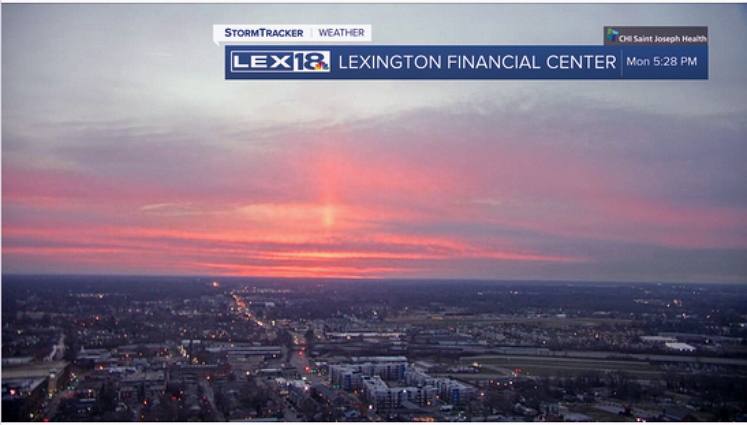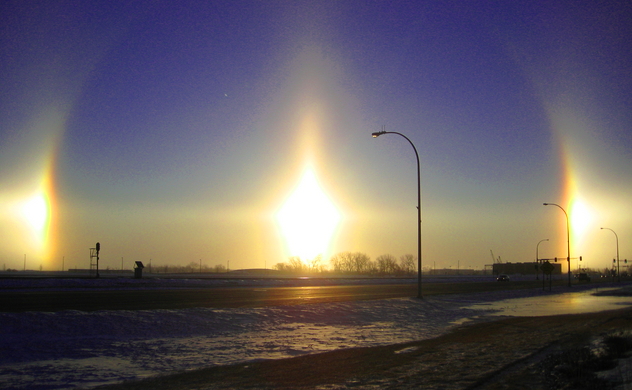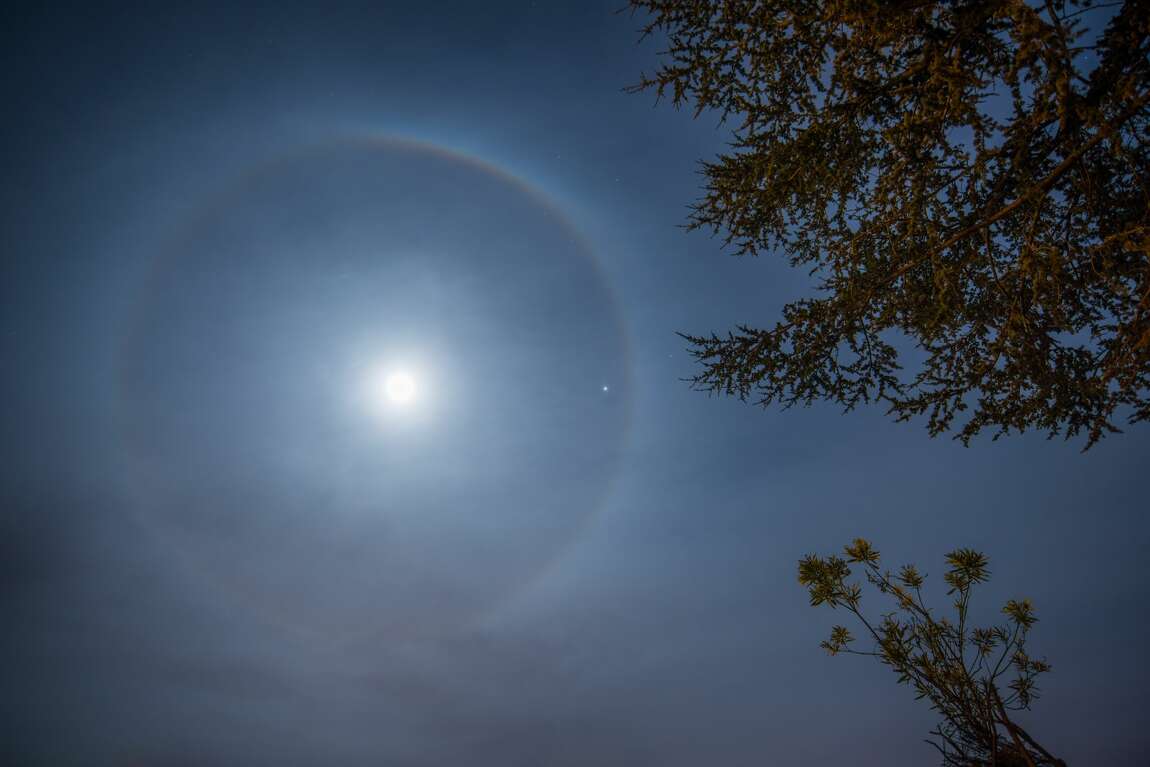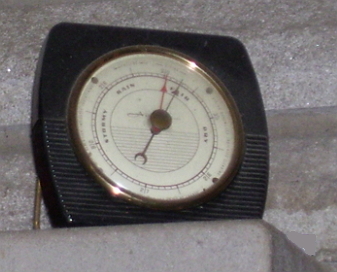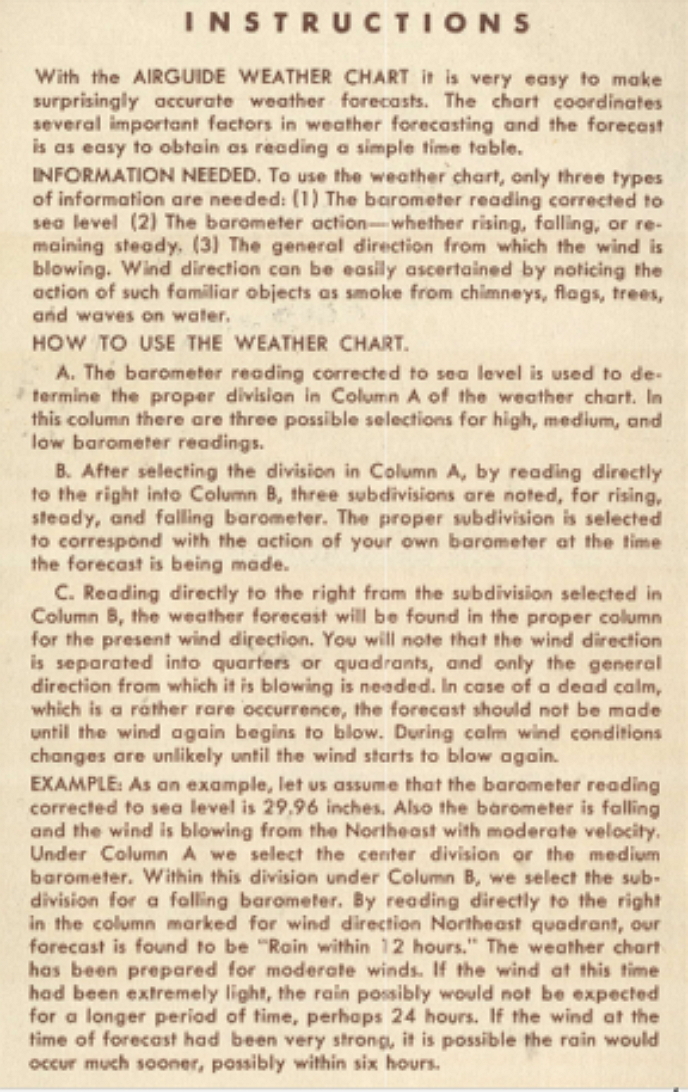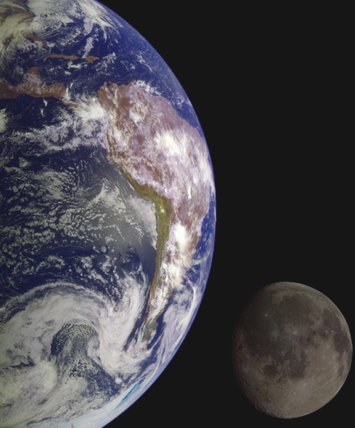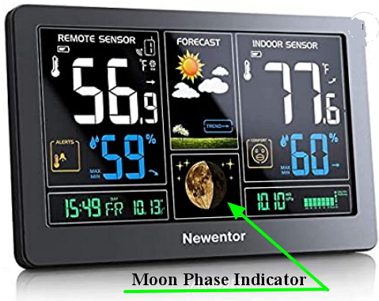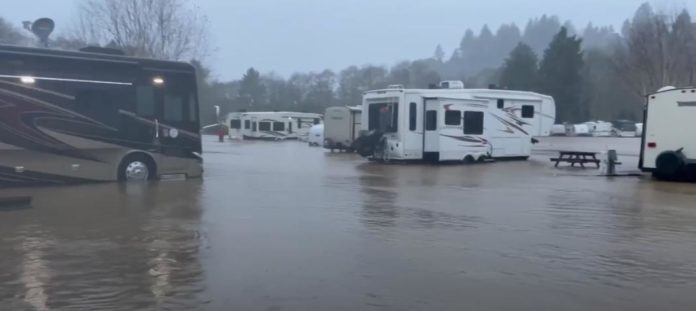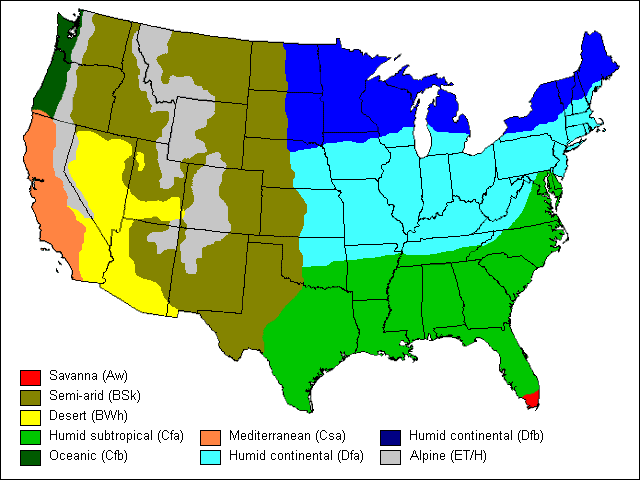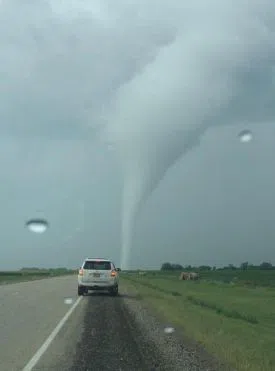A key component of earth's weather is our only natural satellite, the moon. Yet few today understand how it's influences with it's eight phases and gravitational pull on earth can be a rather accurate aid in forecasting the weather.
Since I was a kid I wondered why the weather forecast in the newspaper so often gave information about the moon. Why ?
What's the moon got to do with the weather here on earth ?
It's nearly 240, 000 miles away. Yet, it's always there with weather forecast, and little is explained regarding it. It's just "there".
Sure, I had heard in school that the moon influenced our high & low tides at sea but that was about all our teacher could tell us about it.
(but by this time people's reliance on radio & TV weather reports had overtaken the need for personal forecasting skills)
See ? (but do you see any explanation of what it would mean to you ?)
Well, we will now examine what you would need to know to make use of this information. During the mid 1700's Sir William Herschel began to research what was known then about the moon and it's suspected influence on the weather. By the later 1800's his son Dr John Herschel carried on his father's work and with his friend (Dr Charles Lyell) help develop what would come to be known as,
"Herschel's Table For Foretelling The Weather"
This relied on the any of the eight phases of the moon as they changed to produce a forecast. Taken into consideration in this is the earth's tilting on it's axis such that the sun heats the alternating hemispheres and the moon's gravitational influence on the oceanographic realm of tides, magnetic forces, and humidity in the air creates movements and changes in the atnosphere . With the sun's heat stirring the warm air into cooler air it will produce weather conditions. Herschel calculated that knowing the time of the changes of the phases of the moon could aid in forecasting up coming weather events. This works with impressive accuracy. (probably why we still see the "moon" mentioned in weather forecasting) Yet the weather people on radio & TV rarely discuss this today.
There are eight phases of the moon. The 29.5 day cycle starts with the new moon, then the waxing crescent, first quarter, waxing gibbous, full Moon, waning gibbous, third quarter and waning crescent. The prediction of the changing of the moon's phases can still be found in an Almanack, on Calendars, or online today. (see the links below)
This table and the accompanying remarks, originally formed by Dr. Herschel, and approved, with some alterations, by the experienced Dr. Adam Clarke, are the remarks of many years' close observation, the whole being on a due consideration of the sun and moon in their several positions respecting the earth. They claim to show what kind of weather will most probably follow the entrance of the moon into any of its quarters. If the new moon, first quarter, full moon or last quarter happens -
| Between. | In Summer. | In Winter. |
| 12 and 2, morn. | Fair................... | .Hard frost, unless wind be S. or E. |
| 2 and 4, " . | Cold, frequent showers... | Snow and stormy ................. |
| 4 and 6, " . | Rain .................. | Rain ........................... |
| 6 and 8, " . | Wind and rain .......... | Stormy ........................ |
| 8 and 10, " . | Changeable ............ | .Cold rain if w. be W.; snow if E .... |
| 10 and 12, " . | Frequent showers ....... | Cold and high wind ............... |
| 12 and 2, aft'n. | Very rainy ........... | Snow or rain .................... |
| 2 and 4, " . | Changeable ........... | Fair and mild .................... |
| 4 and 6, " . | Fair .................. | Fair ........................... |
| 6 and 8, " . | Fr. weath. if w. N. W.;. (rainy if w. S. or S. E.., | . Fr. and frosty if w. N. or N. W.; rain or snow if S. or S. E.. |
| 8 and 10, " . | | |
| 10 and midnight. | Fair .................. | Fair and frosty ................... |
1. The nearer the time of the moon's change, first quarter, full or last quarter are to midnight, the fairer will the weather be during the seven days following.
2. The space for this calculation occupies from 10 at night till 2 next morning.
3. The nearer to midday, or noon, the phases of the moon happen, the more foul or wet weather may be expected during the next seven days.
4. The space of this calculation occupies from 10 o'clock in the morning to 2 in the afternoon
This bears out with this past Christmas Blizzard/Storm on 12/23/22.
Huntington, WV is the closest large town near me and this moon phase chart for December 23, 2022 indicates the time of change is 5:17 am for the "new moon". The storm was hitting this area about 4 hours earlier but there were very high winds and higher gust during this time perhaps bringing the storm on a bit earlier. (-44 degrees wind chill) The bottom link below suggest...."The days following a new Moon or a full Moon are typically stormy"
If you look at these two charts linked below you can see how close the storm correlated to Herschel's table.
December 2022 moon phase time of change
Weather for you archive record of 12/23/20
Here are 10 tips about using the moon to predict weather
Weather Folk Lore and using the moon
Could we have seen this coming if we didn't have Radio, TV, or the Net ? Using Herschel's methods ? If we did, would we have chosen not to travel and risk being stranded ?
